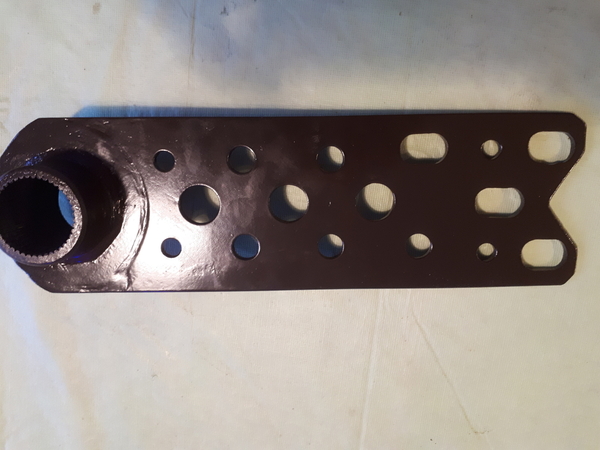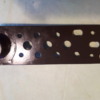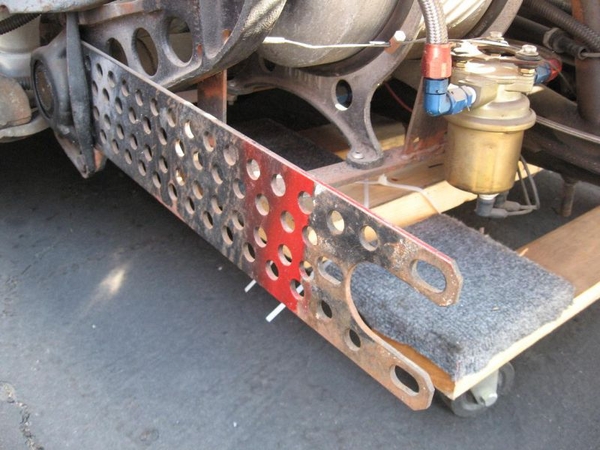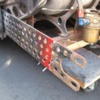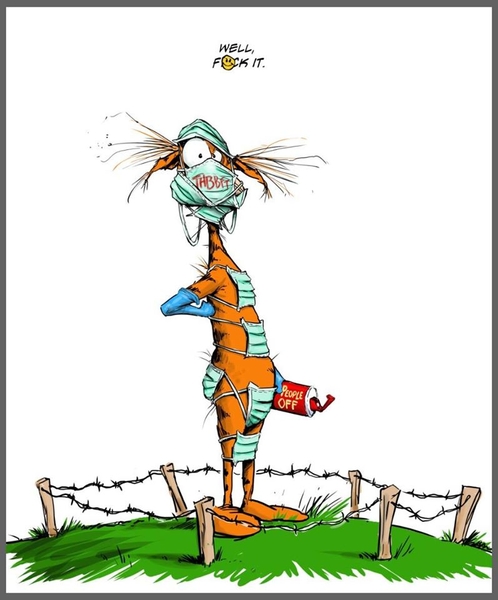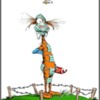... I did some parking lot slaloming (autocross) way back in my early 20's and the single vs double sp was a topic amongst the VW guys even then (didn't think much of it at the time as my '72 bug was a Canadian Standard with swingaxle), with no clear winner on either side (driver skill really seemed to be the bigger factor).
Ah. I think I understand now.
You're usually such a congenial guy, Al, that I was kind of wondering the other day what had happened. I thought maybe a double swing-plate had harmed you in some way, during your formative years. Perhaps one laughed at you in the Jr. High locker room, or stole your high-school sweetheart. Whatever it was, it had to be bad.
But now I see that this was a debate back in the day, among people who cared about such things - and that like "Ginger vs. Maryanne" or "Ford vs. Chevy" or "edge piece of the brownie-pan vs. middle-piece of the brownie-pan", strong opinions were developed in adolescence which solidified into an immovable concrete fortress in adulthood. Ginger was a hussy. Chevys are just better. The edge pieces are always tastier.
You and your posse were confirmed single-plate guys. The double-plate guys can all go pound rocks.
I've got no such background opinion, as I came to this ridiculous hobby a bit later in life. But I've always been of the persuasion that more is just more. If I were designing something (say, a house or an engine), I'd be inclined to overdo it - not that I've ever gone too far or anything.
I was curious about this since you expressed such strong feelings, however, and so also did some reading.
Your summary of the state of the world is correct. VW did go to the double swing-plate, then back off to the single, although "why" is not something a giant company (and especially a giant GERMAN company, who's engineers are, after all, infallible) ever really talk about.
Maybe they figured they didn't need it on a car running skinny little bias ply tires, drum brakes, and a leaf-blower engine. Maybe they were trying to save .50 Deutschmark on every "unit". Maybe the double swing-plate was an extravagance that made it through to production before the entire swing-plate engineering department was fired for wasting company resources. Maybe a double swing-plate made fun of the VW CEO in the Jr. High locker room, and he could not abide one in his company.
We'll just never know.
All I know is that I'm a more is more guy, and would have a hard time making a critical part of the car weaker, since I've already got the double plates. I know this is unsprung weight (at least 50% of it is), and I know that almost everybody thinks they're fine with singles, and I know that they aren't folding in half all over the world.
If I were building a car, I'd have to think harder about this. As I already have what I have, and as I fling my car about in the mountains like I'm not ever going to die and I've never had even a hint of deflection in the back end - I'm sticking
... but again, the opinion wasn't formed when my brain was still malleable, so I've got no skin in the game.
I'll be over here, pounding rocks with my double swing-plates.
You do you.




